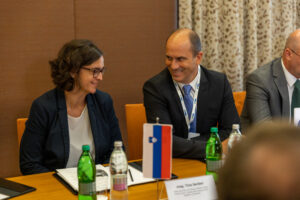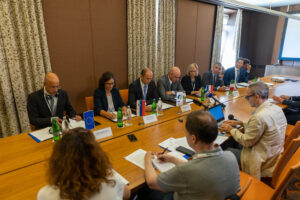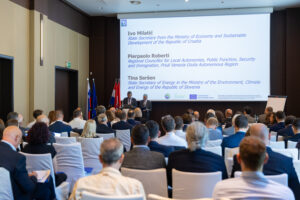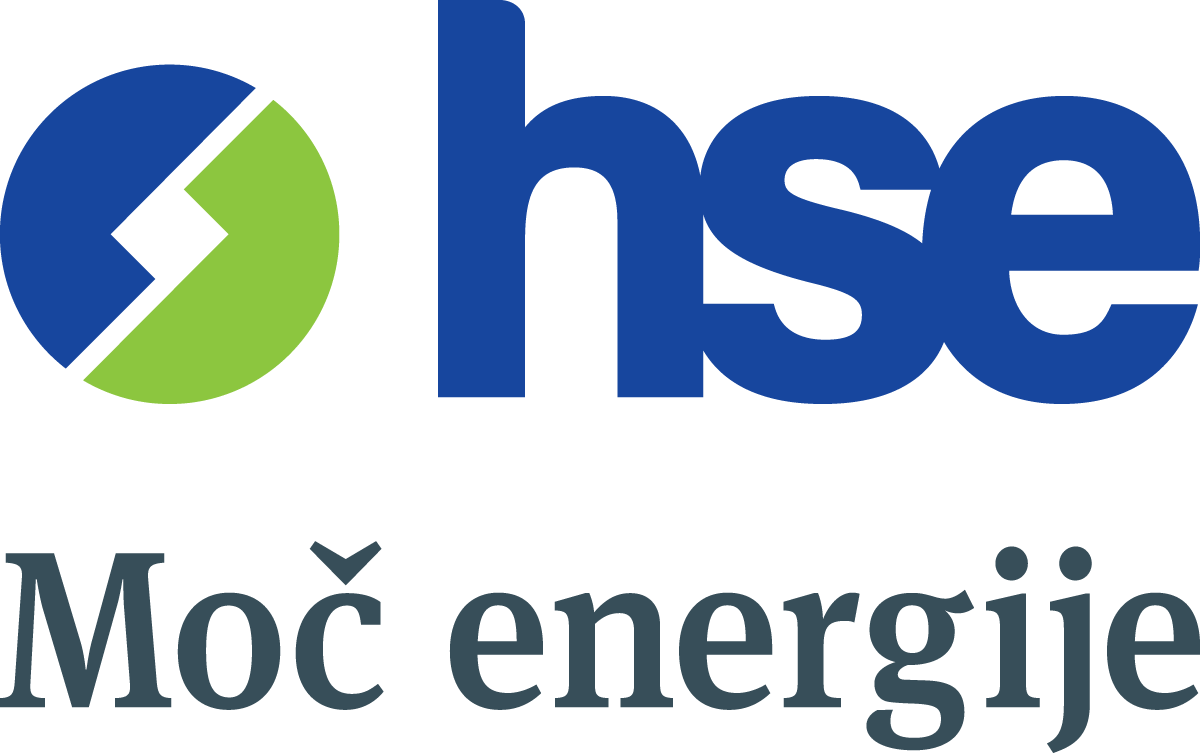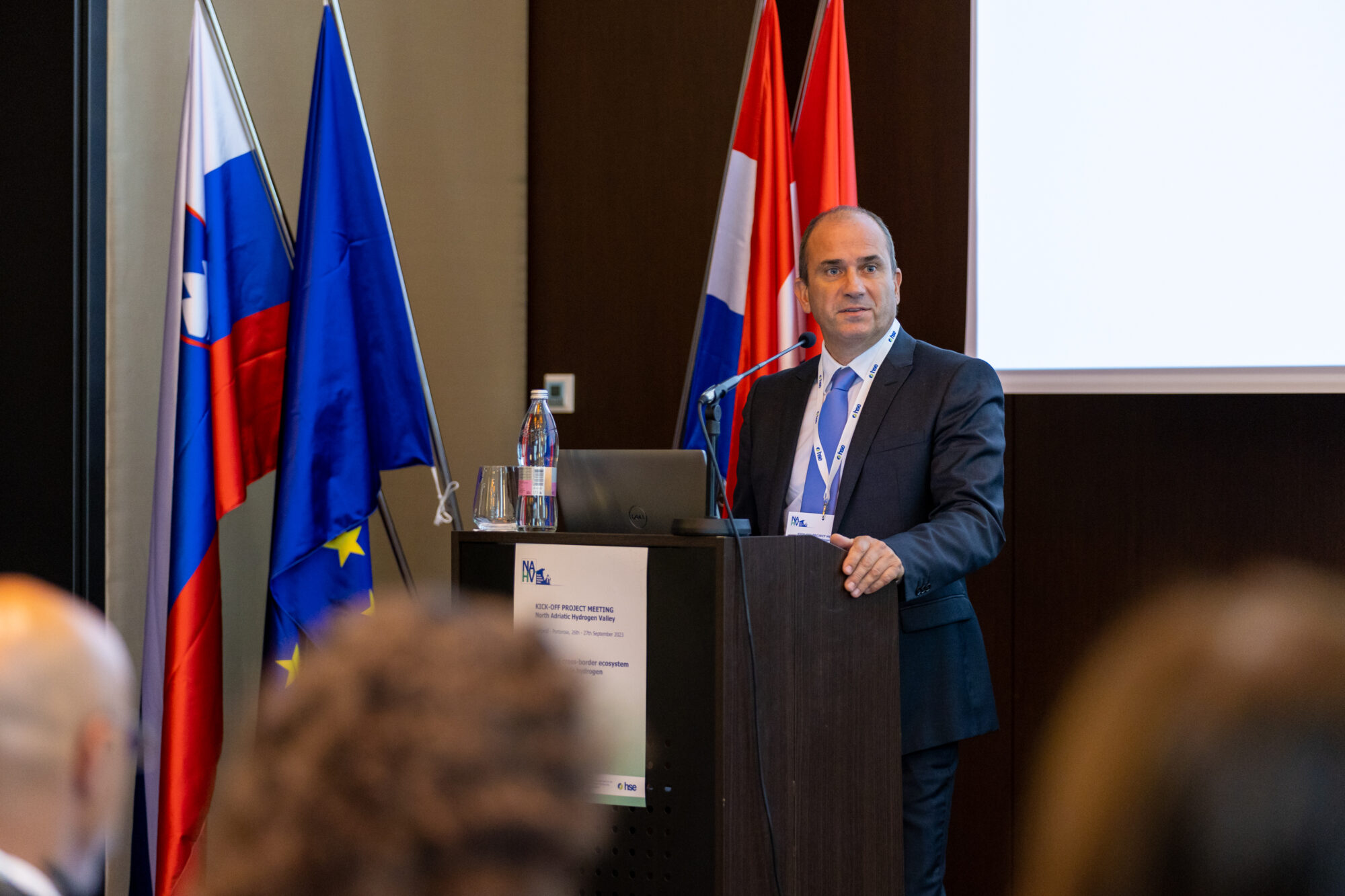The long-awaited start of the North Adriatic Hydrogen Valley (NAHV) is here at last. The first transnational initiative of this kind under the Horizon Europe programme, supported by the Clean Hydrogen Partnership, is being launched in Portorož-Portorose, Slovenia. More than 100 delegates representing 37 project partners from three countries, Croatia, the Friuli Venezia Giulia Autonomous Region in Italy, and Slovenia, will gather there for a project kick-off meeting.
Beginning on 1st September 2023, the NAHV will run for 72 months. It includes 17 pilots to be developed in different locations in all three partner countries. The partnership, which has been awarded a grand of €25 million by Clean Hydrogen Partnership, and isled by HSE, Slovenia’s largest electricity producer and trader and the largest producer of electricity from renewable sources, includes 37 organisations: companies, universities, institutes and other public entities from the three participating countries. The project design covers the entire value chain of renewable hydrogen use, from production, through storage and distribution, to its end use in various sectors, notably industry and land and maritime transport, creating leverage to accelerate the transition to renewables on three target pillars: hard-to-abate industries, and the energy and transport sectors. These are the main reasons why the NAHV has received the Seal of Excellence, which is awarded under Horizon Europe to projects that have been highly rated.
The key aim of the initiative is to create a market for green hydrogen on both the demand and supply sides, making it a competitive energy source for the future. Key industry players from all three countries will develop pilot projects to produce up to 5,000 tonnes of renewable hydrogen per year from renewable energy sources, destined for energy storage, distribution and use. It is expected that some 20% of the produced renewable hydrogen will be exchanged between the participating countries, thus creating a primary regional market for hydrogen. By introducing advanced hydrogen technologies and developing skills and infrastructure, the partnership also pursues other key objectives of the European Green Deal. In particular, the NAHV testbed projects address the decarbonisation of important industrial sectors such as steel, cement and glass production, and provides sustainable land and maritime transport solutions linked to reducing the carbon footprint.
It is expected that the implementation of the planned mature stage innovation activities will unleash further investments in renewable hydrogen-related technologies in an amount of more than €300 million, destined to increase the capacity of hydrogen production, storage, transmission and use. Additional investments are expected to be funded on top, both during the course of the project implementation and afterwards, from private and public sources in the form of follow-up investments in the successfully implemented pilots in 17 testbed locations across the three participating countries, as well as through new initiatives which will contribute to the evolution of a social and economic ecosystem based on renewable hydrogen. The foreseen development creates the need for new competencies and skills, which makes the universities and research institutions which are partners in the initiative important protagonists in designing and disseminating new educational programmes, as the NAHV is destined to become a vehicle for job creation.
Institutional representatives of the three constituent territories: Croatia, Friuli-Venezia Giulia and Slovenia, respectively: State Secretary Ivo Milatić, Regional Councillor Pierpaolo Roberti on behalf of the President Massimiliano Fedriga, and State Secretary Tina Sersen, welcomed the participants of the NAHV Kick-off meeting in Portorož together with the CEO of HSE, the lead partner, dr. Tomaž Štokelj. Later in the day, they addressed the public at the press conference together with Antonio Aguilo Rullan of Clean Hydrogen Partnership Joint Undertaking. Here are their statements.
Statements
Dr. Tomaž Štokelj, CEO, HSE, lead partner of the NAHV said: “HSE Group is a leading protagonist of Slovenia’s green transition, what brings a great responsibility. All our development projects are therefore directed towards decarbonisation and sustainable transformation of the Slovenian energy sector, and therefore, of Slovenia as a whole, and the NAHV project is fully consistent with this vision. Hydrogen is emerging as one of the key energy sources of the future, as it will make an important contribution to achieving national targets and the key objectives of the European Green Deal. I am therefore particularly proud that the HSE is the lead partner in the North Adriatic Hydrogen Valley and am looking forward to working together with other partners and overcoming our common challenges. We have an exciting and, above all, rewarding six years of collaboration ahead of us to deploy advanced renewable hydrogen technologies and develop the skills and infrastructure related to their use as one of the building blocks of the Green Transition. I am confident that we will make the most of them.”
“Dealing with the topic of energy transition doesn’t imply a radical approach; on the contrary, our aim is to combine economic growth, sustainability, and public health in a wide-range perspective, focused on the future generations’ both material and immaterial wealth. Such approach can be identified in Friuli Venezia Giulia’s active role within the North Adriatic Hydrogen Valley project: an ambitious cross-border initiative, bound to strengthen cooperation on a transnational basis and targeted to cope with the needs of our local communities“, said Massimiliano Fedriga, President of Friuli Venezia Giulia Autonomous Region at the launch of the NAHV.
“NAHV project will elevate hydrogen economy and mark three territories as hydrogen friendly. We aim to be an important lever in the creation of clean, strong and sustainable economy,” said Ivo Milatić, State Secretary at the Ministry of Economy and Sustainable Development of the Republic of Croatia.
Tina Seršen, State Secretary at the Ministry of Environment, Climate and Energy of the Republic of Slovenia emphasised that NAHV project is of great importance for the future of hydrogen application in our territories. The future activities of the project will start shaping the opportunities and new ways of making our economies more sustainable. “I expect that by 2030 hydrogen solutions should play a much more prominent role in acheiving our decarbonisation goals,” she concluded.
“The NAHV is launching the creation of a comprehensive ecosystem for the transition to renewable hydrogen, integrating production and service activities and the needs of households and citizens, and creating the jobs of the future through the design of the necessary skills and competences,” said Stephen Taylor, Strategic Coordinator of the NAHV Joint Task Force, whose primary concern is the coherent management of the project and the integration of new projects and partners into this emerging transnational ecosystem.
“The Clean Hydrogen Partnership is proud to support the creation of the first integrated and transnational green hydrogen ecosystem in the north Adriatic region with a 25 million grant,“ said Mirela Atanasiu, Interim Executive Director of the Clean Hydrogen Partnership. “The project will contribute to the European Commission’s ambitions of doubling the numbers of Hydrogen Valleys in Europe, and advance the decarbonisation of the energy, transport and industry sectors whilst contributing to job creation and economic growth in the region. With its impressive collaboration of 37 public and private organisations from Slovenia, Italy and Croatia, the North Adriatic cross-border Hydrogen Valley reflects the true European and collaborative nature of the project and can serve as a blueprint for similar Hydrogen Valleys across and beyond Europe.”
